How to Diagnose Hair Loss
January 2013
in “Dermatologic Clinics”
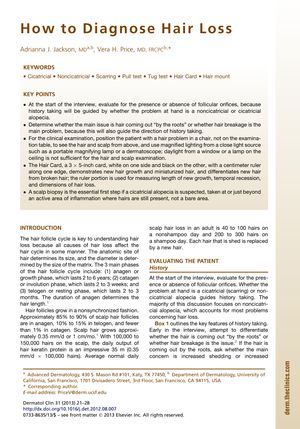
TLDR The document concludes that using specific tools and tests is essential for identifying the cause of hair loss and deciding on the right treatment.
The document from January 1, 2013, provides a guide for clinicians on diagnosing hair loss, emphasizing the differentiation between hair loss from the roots and hair breakage. It outlines the hair follicle cycle, noting that 85% to 90% of scalp hair is in the anagen phase and grows about 0.35 mm per day, with normal hair loss ranging from 40 to 300 hairs per day. The authors recommend using a Hair Card for clinical examination, a scalp biopsy for suspected cicatricial alopecia, and taking a thorough medical history. Differential diagnoses for hair loss include telogen effluvium, alopecia areata, androgenetic alopecia, tinea capitis, and trichotillomania. Diagnostic methods include pull and tug tests, hair mount preparation for microscopic examination, and laboratory tests such as complete blood count and hormone levels. Scalp biopsies should be performed in areas with inflammation for cicatricial alopecia. These tools and tests are crucial for identifying the cause of hair loss and determining the correct treatment.
View this study on sciencedirect.com →
Cited in this study
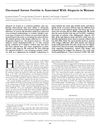
research Decreased Serum Ferritin is Associated With Alopecia in Women
Low iron levels may be linked to some types of hair loss in women.

research Diagnostic and predictive value of horizontal sections of scalp biopsy specimens in male pattern androgenetic alopecia
Horizontal scalp biopsy sections effectively diagnose and predict MPAA, with follicular density and inflammation impacting hair regrowth.

research Topical Minoxidil in Alopecia Areata: No Effect on the Perifollicular Lymphoid Infiltration
Minoxidil doesn't affect perifollicular lymphoid infiltration in alopecia areata patients.
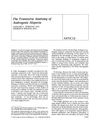
research The Transverse Anatomy of Androgenic Alopecia
The study found that horizontal sections of scalp biopsies are better for analyzing hair loss, showing fewer hairs and more fine hairs in balding areas.
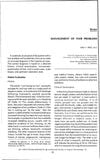
research MANAGEMENT OF HAIR PROBLEMS
Dr. Vera H. Price's 1979 work emphasizes the importance of accurate diagnosis and personalized treatment for hair loss.
Related
research Sisaipho Alopecia Areata Treated With Tofacitinib and Oral Minoxidil
Tofacitinib and oral minoxidil may help treat Sisaipho alopecia areata.
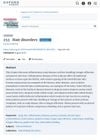
research Hair disorders
The document's conclusion cannot be provided because the document cannot be parsed.
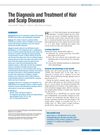
research The Diagnosis and Treatment of Hair and Scalp Diseases
Hair loss requires customized treatments based on its various causes and types.
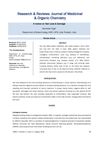
research A review on Hair Loss & Damage
The article concludes that understanding the causes of hair loss and using continuous treatments like minoxidil and finasteride can help manage it, despite potential side effects.
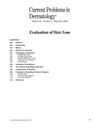
research Evaluation of hair loss
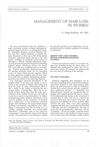
research Management of Hair Loss in Women
Certain medications and maintaining adequate iron levels can help manage women's hair loss.

research Androgenetic alopecia, trichotrophic substances, and histologic studies of the human scalp
Minoxidil promotes hair growth but exact mechanism is unknown.